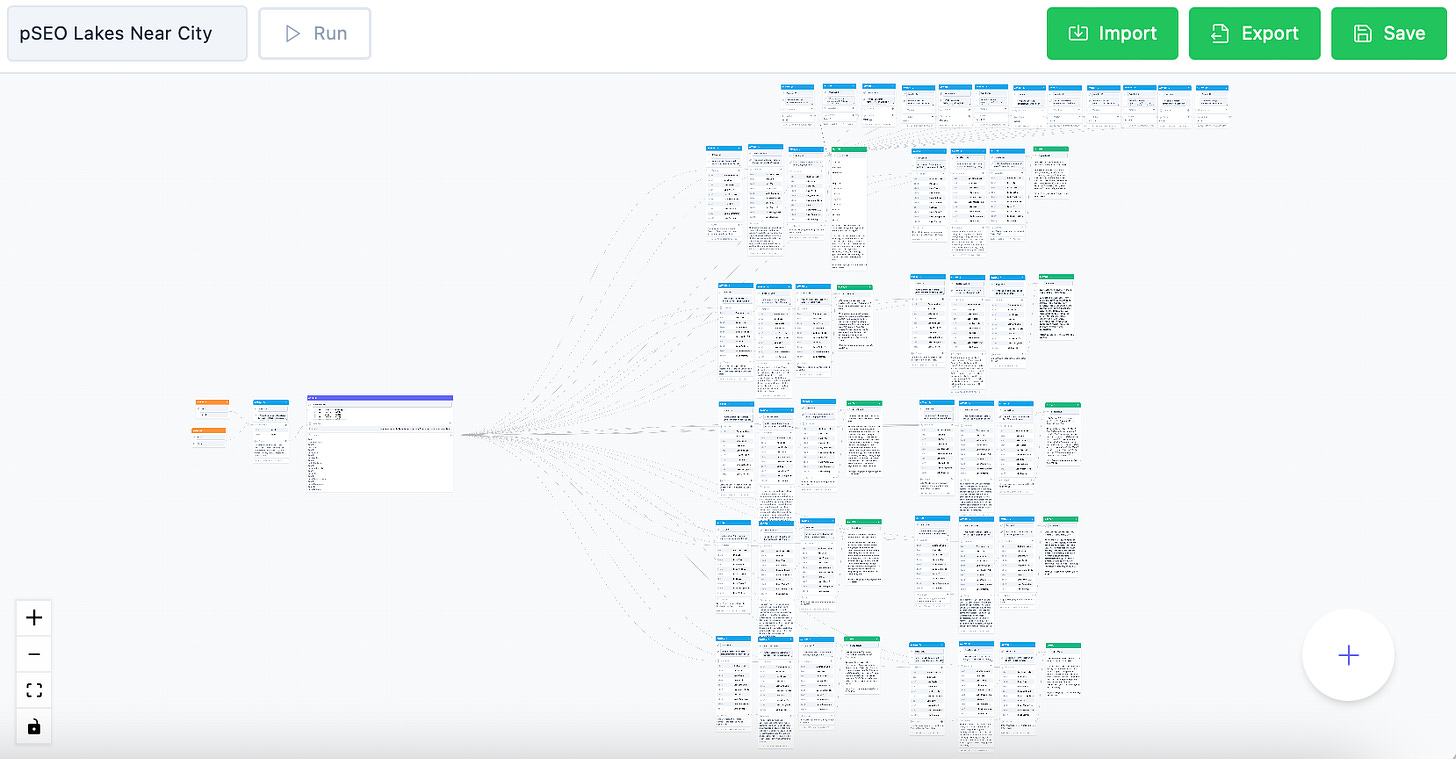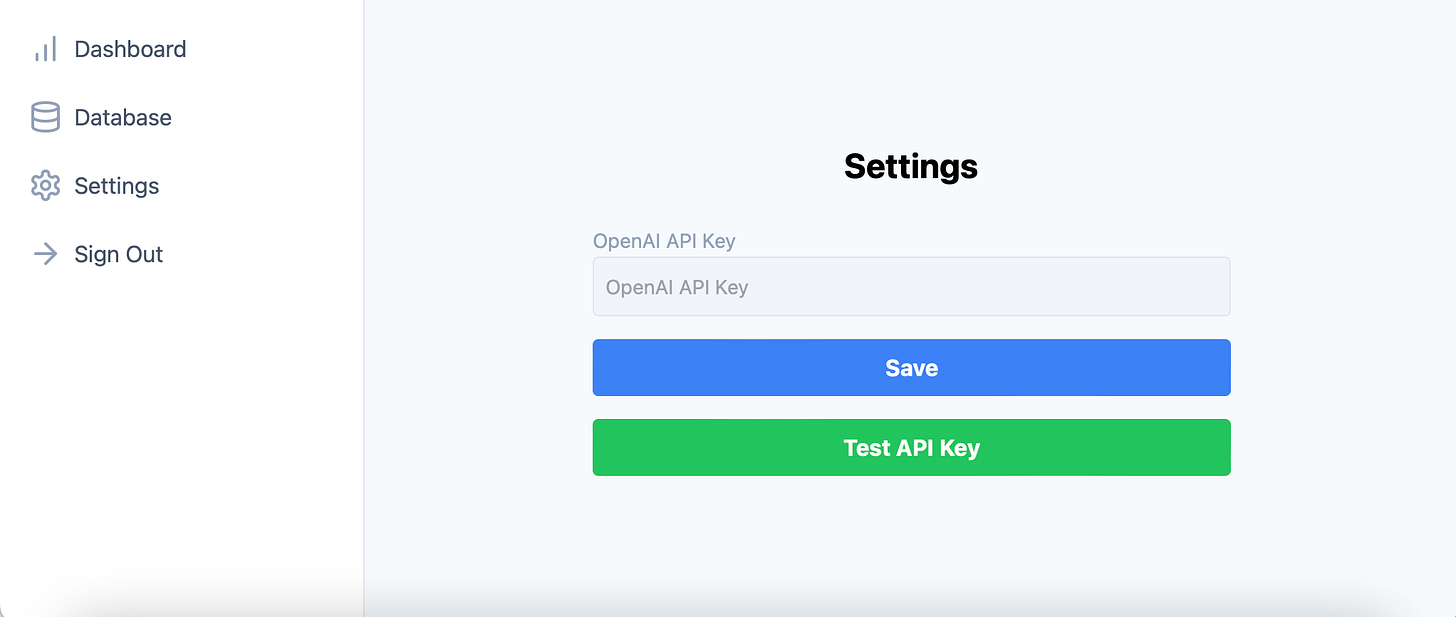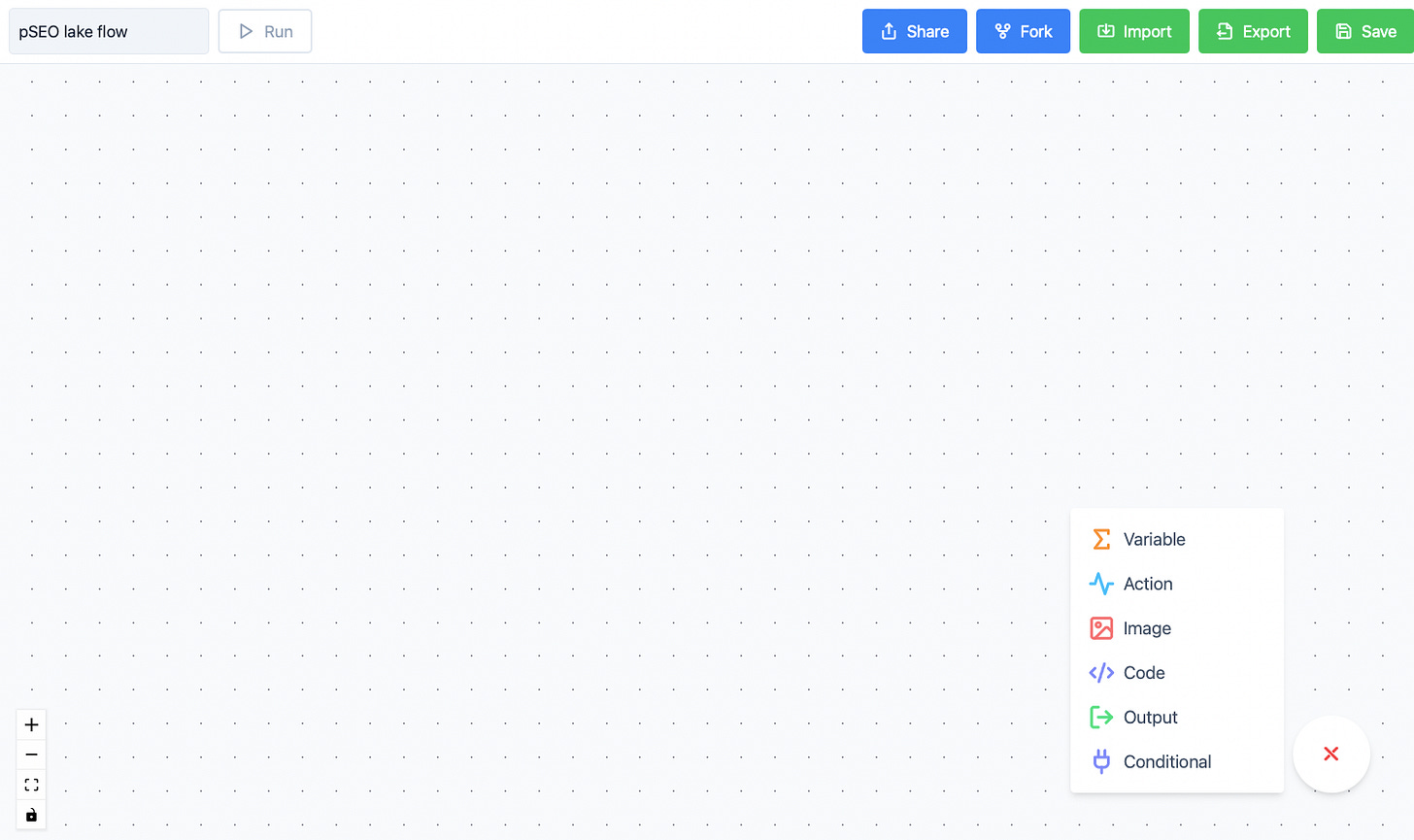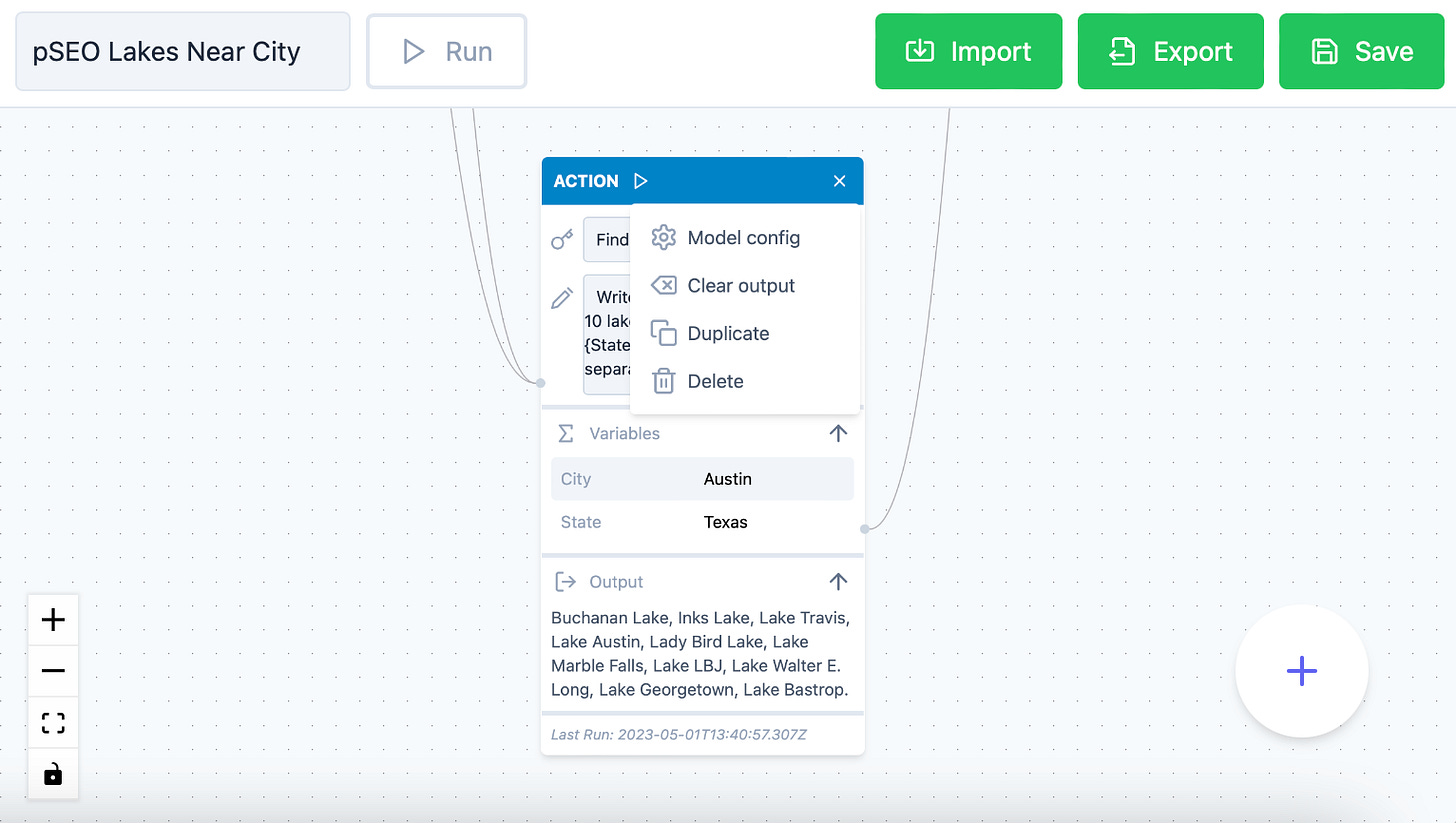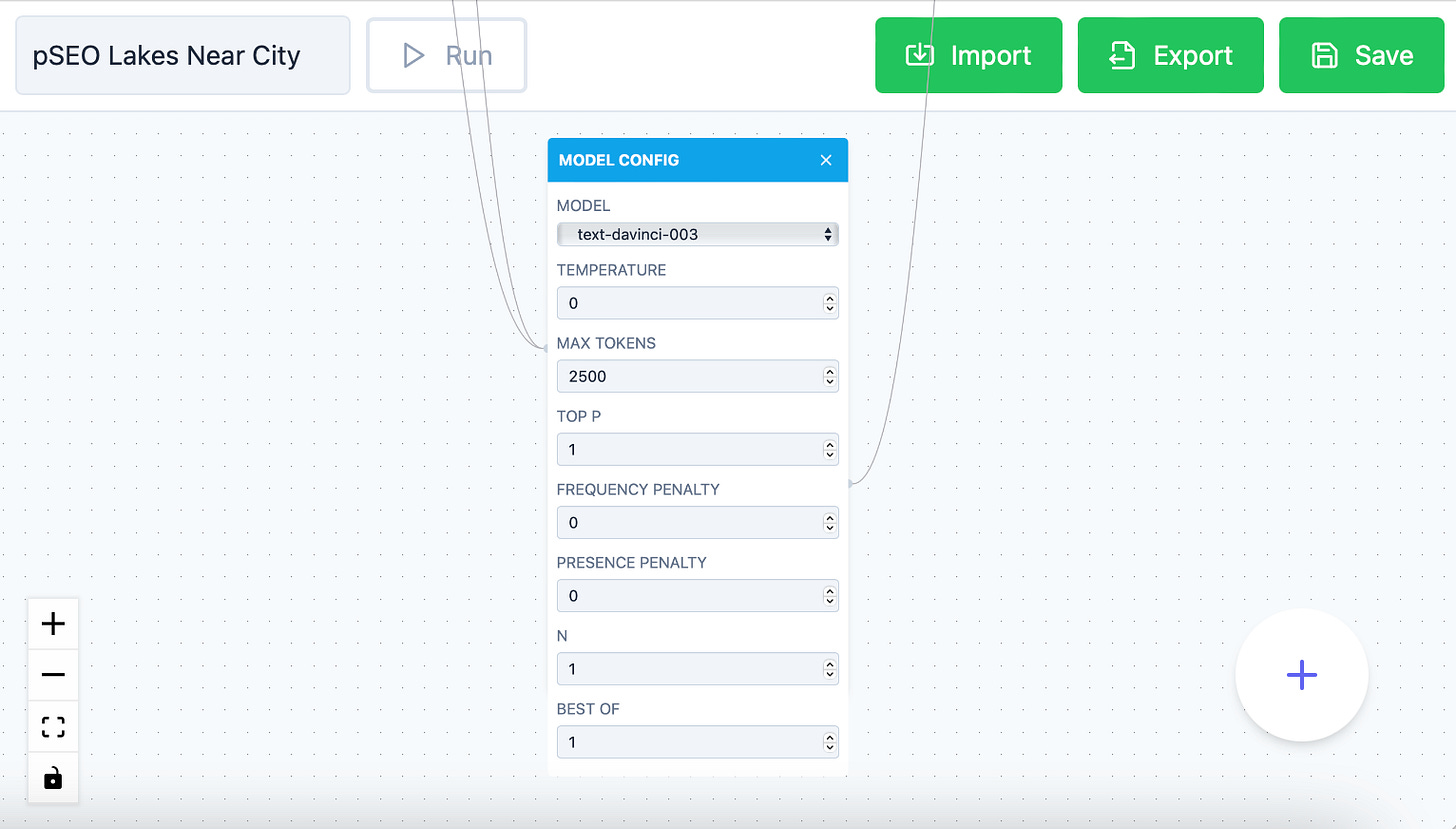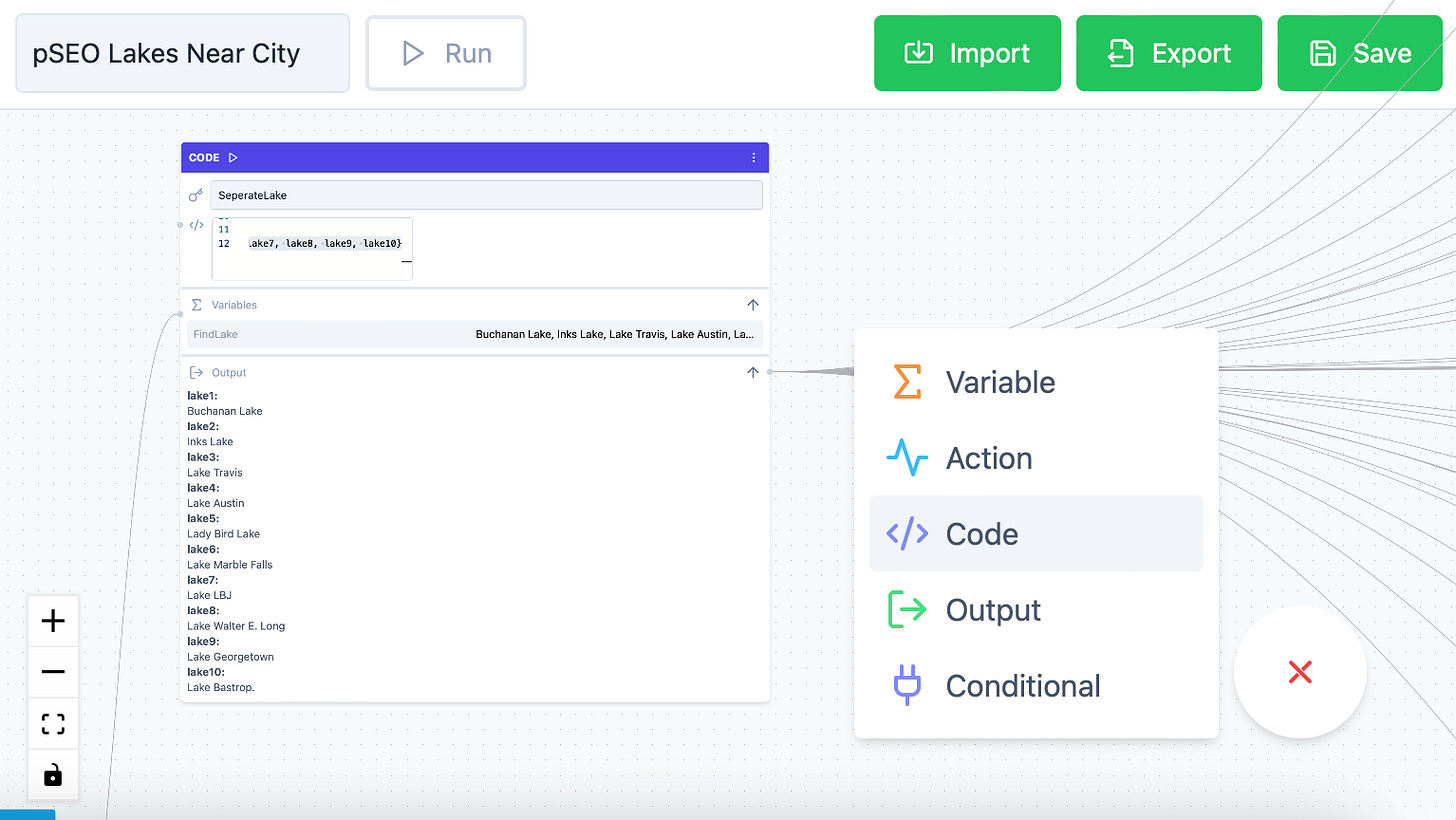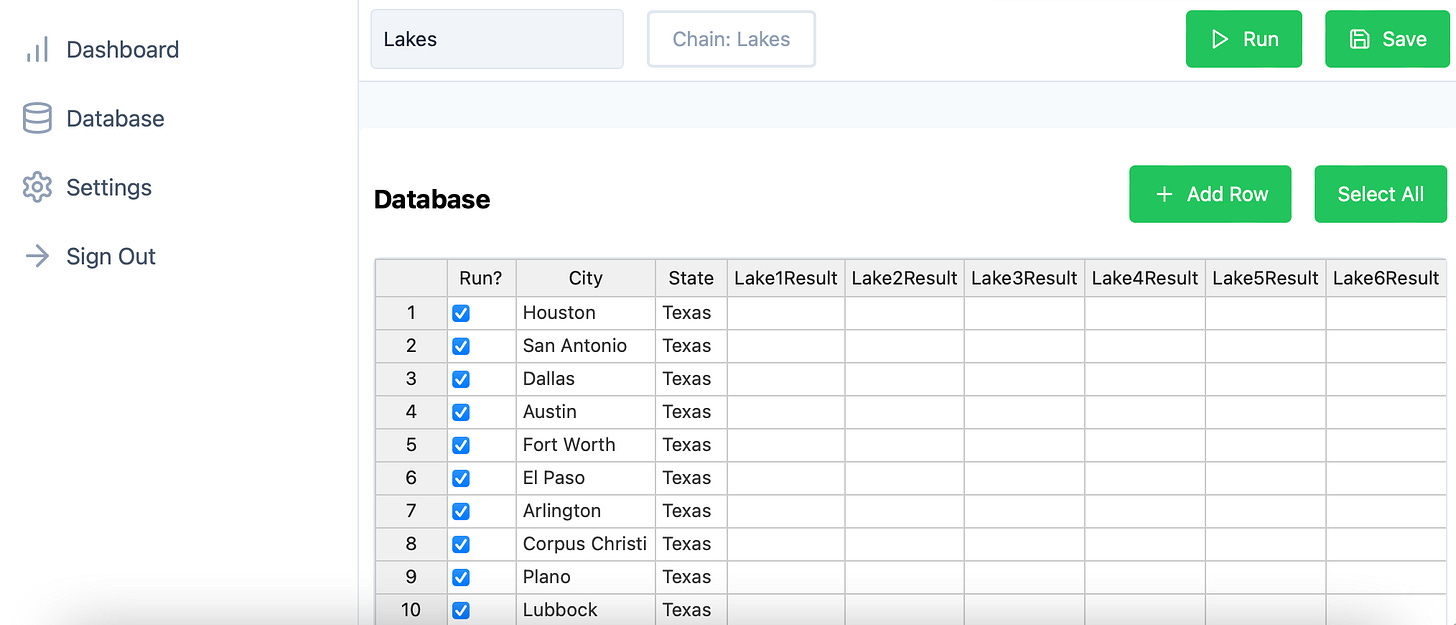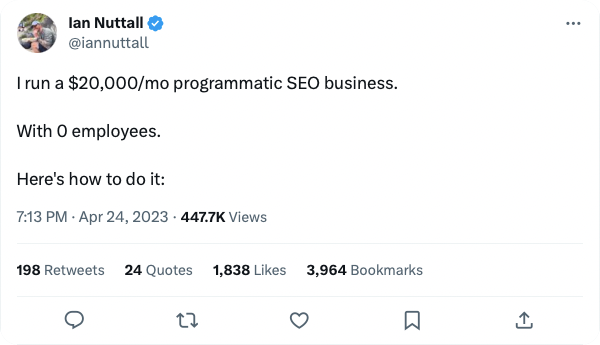pSEO with PromptChainer: Revolutionizing Programmatic SEO with AI-Powered Flow Content Generation for Niche Websites
This short use case article is NOT going to teach you in details how to build and manage a pSEO website, I'll add a resource section at the end of the post with some links to great posts & tweets about it. This post will show you though how you can utilize PromptChainer’s system (currently in free Beta) to fully generate and deploy your content or dataset on scale to build your next pSEO project.
The Power of PromptChainer for Programmatic SEO
By leveraging OpenAI's API (more models will be available in the near future), PromptChainer's innovative visual flow builder and a user-friendly interface, PromptChainer streamlines the process of creating and managing AI-driven content.
The key benefits of using PromptChainer for programmatic SEO include:
Customizable AI-driven content: With PromptChainer's visual flow builder, users can create custom AI prompt chains to generate targeted, high-quality content for their niche websites.
Intuitive interface: PromptChainer's user-friendly interface allows both coders and non-coders alike to design and fine-tune AI-driven content generation workflows with ease.
Time and cost savings: By automating content generation, PromptChainer saves webmasters time and resources, allowing them to focus on other important aspects of their business.
Scalable content creation: PromptChainer's powerful AI-driven solution can generate a large volume of content, making it an ideal tool for webmasters looking to build and scale their niche websites.
PromptChainer aims to make complex AI integrations more accessible and manageable for a diverse range of users. By empowering webmasters to use the power of AI for content generation, PromptChainer is revolutionizing the way niche websites are built and optimized.
Use case: 5 Lakes next to city/state content generation flow
One of the main challenges faced by webmasters is the need for fresh, accurate, engaging, and relevant content that appeals to both search engines and human visitors. PromptChainer is a visual flow builder that brings the power of AI to programmatic SEO, making it easier than ever to generate high-quality content tailored for niche websites.
Here is a quick “simple” flow I have built to take [City] name or better a list of [City] names, find 10 lakes in the area of the city, list general useful information about [Lake], best time of year to visit, and a google map link with the location of [Lake].
Ok let’s continue.
I’ll try to break the building process into steps with screenshots, here we go.
*You can however just head to the flow in our platform, fork it and start customizing it for your project, here is a link directly to the flow:
https://promptchainer.io/published/clje1jg9x0039mc0krkf6wxqa
Getting Started, Step by Step: Building a pSEO Workflow with PromptChainer
Creating a programmatic SEO workflow with PromptChainer is a straightforward process that can be tailored to suit the needs of any niche website. Here, we'll provide a step-by-step guide to setting up a content generation workflow using PromptChainer's visual flow builder.
Step 1: Sign up and set up your OpenAI API key
To get started with PromptChainer, sign up for an account at PromptChainer.io and enter your OpenAI API key (update: it’s now possible to use the system without adding your own key). This will allow you to access the AI capabilities of OpenAI's GPT engine through PromptChainer.
Step 2: Create a new visual flow
In the PromptChainer dashboard, click on "Create new" OR “Start with template” (you can load here the exact flow I have used in the video above) to create a new visual flow. This will open up the visual flow builder, where you can design and customize your AI-driven content generation workflow.
Step 3: Configure your initial prompt
Begin by adding a “Variable” node initial prompt to your flow.
Then you can add an “Action” node to communicate with OpanAI for example, you might start by asking the AI to list all the lakes next to [City] (you might have defined [City] as “Variable” before).
Quick tip, you can customise how the “Action” node is communicating with OpenAI in the setting section of the node, you can change setting by clicking on the 3 dots icon on the right upper side of the node and clicking on “Model config”.
Step 4: Chain subsequent prompts
Next, you can chain additional prompts to the initial prompt to create a more complex and targeted workflow. For instance, after receiving the list of lakes, you can ask the AI to generate info about each lake. You can then further refine the output by requesting more information about those lakes / add a “Code” node for some data manipulation / more.
For example, here is the JS code I have added to this flow’s “Code” node:
const terms = FindLake.split(',');
const lake1 = terms[0];
const lake2 = terms[1];
const lake3 = terms[2];
const lake4 = terms[3];
const lake5 = terms[4];
const lake6 = terms[5];
const lake7 = terms[6];
const lake8 = terms[7];
const lake9 = terms[8];
const lake10 = terms[9];
return {lake1, lake2, lake3, lake4, lake5, lake6, lake7, lake8, lake9, lake10}
(BTW this code was written by ChatGPT as I’m not really familiar with JS)
Step 5: Organize and structure the data
As you finish building your flow, you can run it for a specific data point or Save and connect to a local Database in the system, as we are just in our Beta version, the database is pretty basic, BUT it’s fully working table that you can Copy&Paste to an external DB/Google sheet/Excel…
We are working as fast as we can to offer more usability here, a google integration is in the works! So stay tuned for updates.
Step 6: run your flow for scale
Once you have designed your content generation workflow, save your flow and run it. PromptChainer will process the AI-driven prompts and generate the content based on your specifications.
Step 7: Export the generated content to your database/website
After your flow has completed, you can export the generated content to a database or another destination of your choice. This content can then be used to populate your niche website with relevant, engaging information.
Great tool I tested for publishing the content to Wordpress:
It’s obviously possible to change the formatting of the table by changing the prompts in our flow / doing some excel magic, but that’s just a quick example of a simple flow that was built in 10 min, this can surely save hours of manual work / coding.
With PromptChainer's intuitive interface and powerful AI capabilities, creating a custom content generation workflow for programmatic SEO has never been easier. By following these steps, you can harness the power of AI to produce high-quality, targeted content for your niche websites in a fraction of the time it would take using traditional methods.
Programmatic SEO Resources:
Great twitter thread by @Ian Nuttall -
or head over to his website great read.
pagefactory.app by @Allison Seboldt useful tool to publish content on scale to WP.
MPG - Multi Pages Generator by Themeisle https://themeisle.com/plugins/multi-pages-generator/.
WP All Import - import export plugin for WordPress.
This list is currently work in progress, feel free to reach out: on twitter @PromptChainer or on our chat/email at PromptChainer.io


